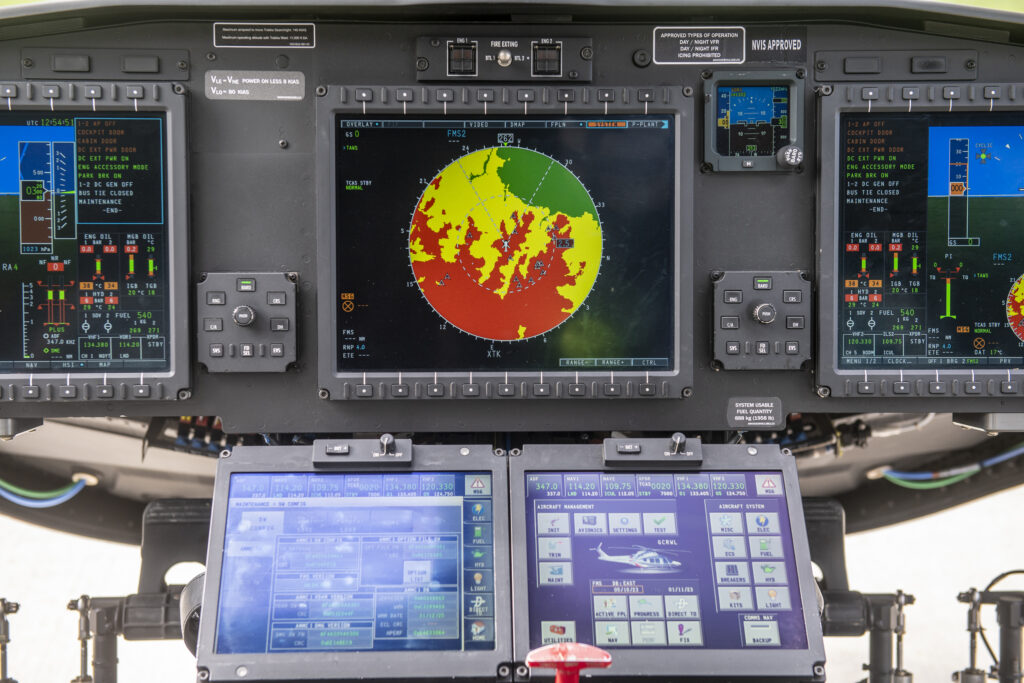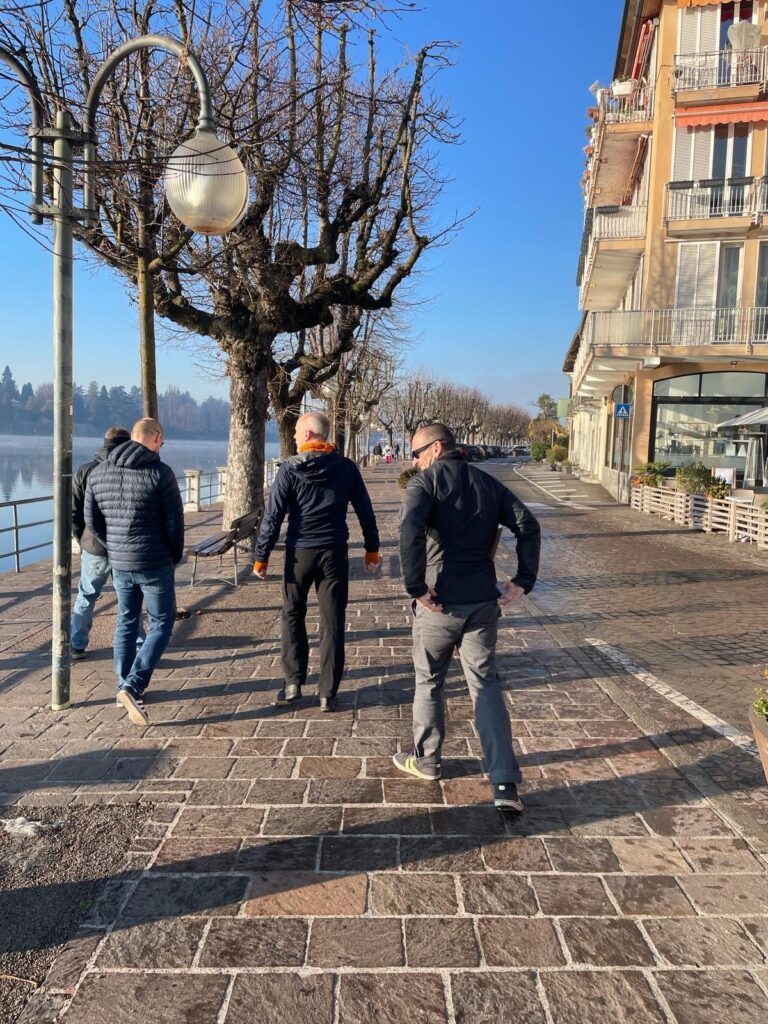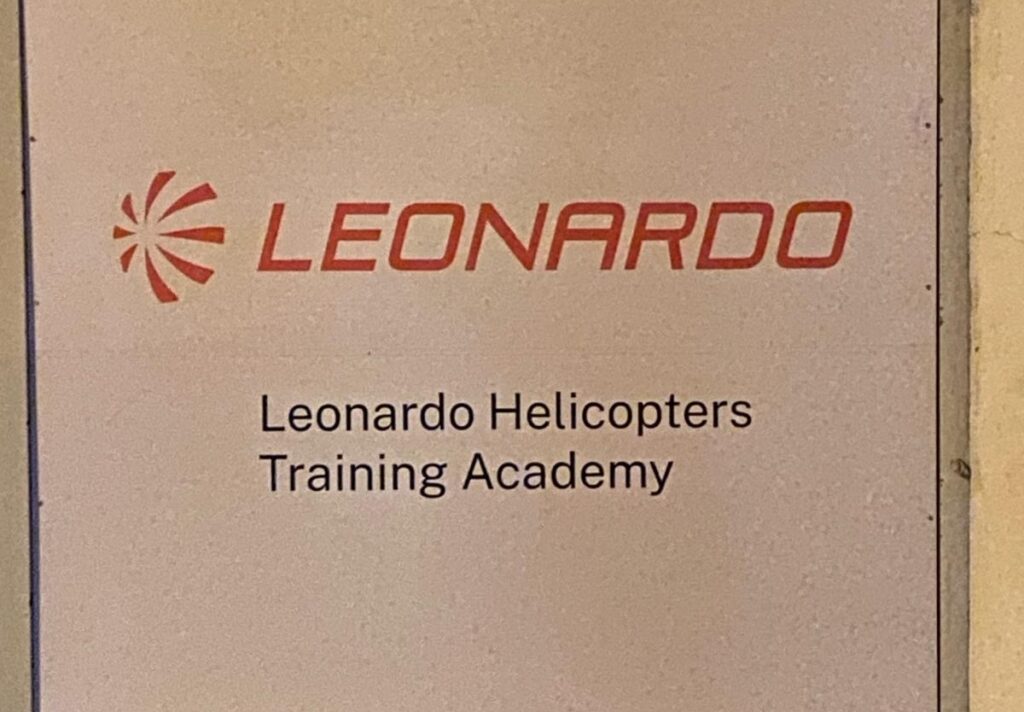Critical Care Paramedics undergo helicopter simulator training

SEARCH BLOG POSTS
SEARCH BY CATEGORIES
SEARCH BY MONTH
All of Cornwall Air Ambulance’s Critical Care Paramedics are set to undergo helicopter flight simulator training for the first time.
Twice a year the charity’s pilots must visit the official AW169 simulator at the Leonardo headquarters in Italy to complete scenario-based training. This involves practicing various emergency situations, and working to identify then solve potential problems that could occur during flight.
The team of Specialist Paramedics will now also be undertaking this training on an annual or two-yearly basis to further enhance their skills as Technical Crew Members (TCMs). As qualified TCMs, the paramedics occupy the front left-hand side of the cockpit and assist the pilot with navigation, hazard perception and in identifying suitable landing sites.

The first to take on the training was Pete Storer. He said: “As TCMs, it is vital that we are fully equipped with the knowledge of how to handle any sort of emergency situation with the aircraft if one should ever occur.
“The simulator training allows us to experience these types of emergencies in an exact replica of our AW169 helicopter. The mock scenarios provide the chance to put our knowledge into practice in a safe environment.
“For example, we would be simulating flying to a mission when a training incident will be initiated by the examiner controlling the simulator, with the real-time hazard warning captions flashing and audible alerts coming through the headsets. You must identify what the issue is by looking through the emergency action cards and reading them through to the pilot, so they can act accordingly. We ran through scenarios such as an engine fire, engine failure and rooftop helipad landings at hospitals, essentially all the things you can’t normally practice due to health and safety.
“In our normal shifts, we discuss scenarios during the morning flight briefing, so there is an ‘emergency of the day’, and you chat it through. But in the simulator, you get to go through the actions with all the realistic sounds and aircraft movements, and you see how much work is really involved.

“It’s also good to see the pilots in action in these scenarios, and to appreciate the levels of effort and stress there is for them during all the procedures. There is so much going on at one time, with all the audible warnings going off, the screens flashing a mix of red and amber warning captions, each with its own particular response required, whilst at the same time you’ve got to fly the helicopter.
“I think ultimately it is hugely beneficial for our learning in terms of safety, and simulating things you can’t simulate at the base whilst working closely with the pilots. But also, it’s to see if there is anything more we can do within our TCM roles and training development pathways for the future.”
Over the course of the year, all the paramedics will be visiting the simulator to further their training.